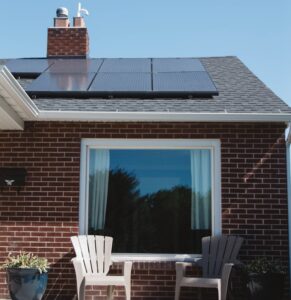District heat networks could meet 50% of the UK’s heat demand and save the UK economy £3bn, according to a report.
‘District Heat Networks in the UK: Potential, Barriers and Opportunities’, which was written by the Energy Technologies Institute (ETI), identifies eight ‘cost-saving’ route maps for heat network deployment in the UK which were developed as an outcome of its Heat Infrastructure Development project led by AECOM.
Heat networks work by converting hot water from steam at a waste incinerator before distributing it to homes along a network of district heating pipes.
The report also highlights three areas that present a barrier to heat network adoption in the UK, including pipework, installation and connection.
The report argues that capital costs are the main barrier to district heat network deployment and says the UK must find ways to reduce these costs in order to increase the attractiveness of heat networks when compared against other forms of low carbon heat provision.
If costs are lowered the report says it could save the UK £3bn as it moves to a low carbon economy.
Rebecca Sweeney, programme manager, ESD & SSH said: ‘Our research has shown that district heating has the potential to play an important role in the UK energy system, especially in its move to decarbonisation, but to fulfil this, it must evolve to be able to deliver more and larger schemes.’
‘To make this a reality we see a need for operational frameworks to be developed by the UK central and devolved governments to support the demonstration, knowledge transfer and skills development in the heat sector.
‘There is a balance to be struck between encouraging competition to drive improvements in cost and performance, whilst at the same time standardising the sector to enable common systems and scale, to improve costs. We also believe there is also a role for professional and trade bodies to align with common standards and present a clear, unified message for the market.’
Read the full report here.













